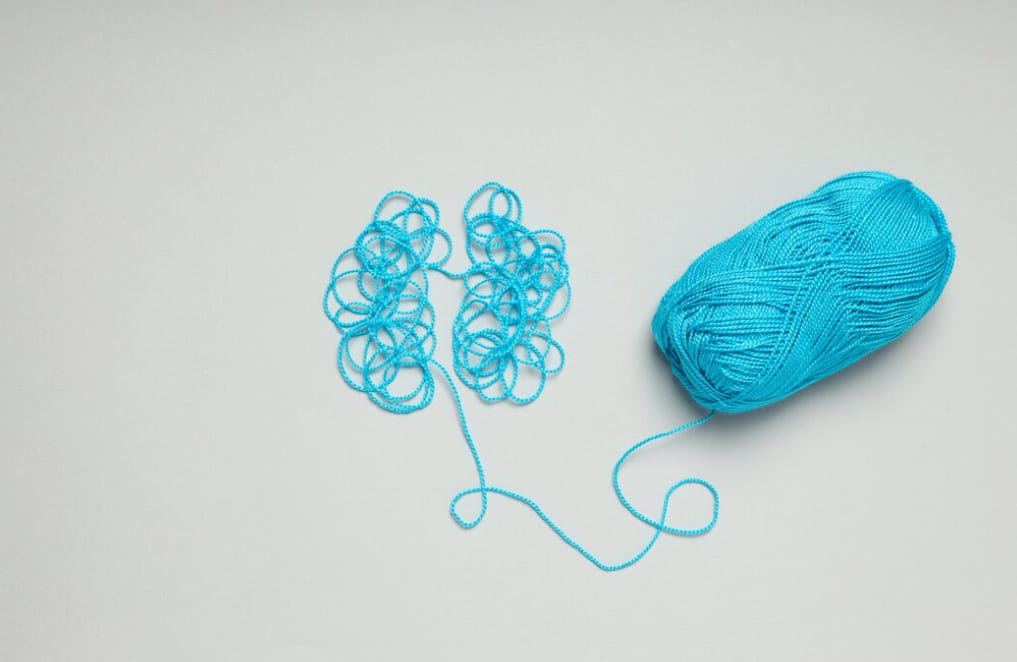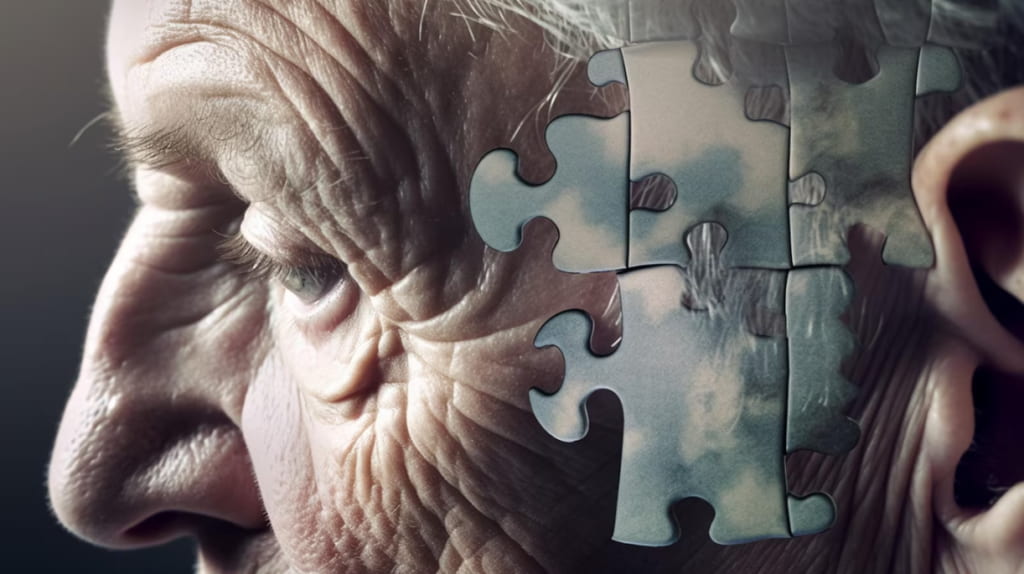Making a home environment dementia-friendly is a vital step in providing comfort and safety for loved ones living with dementia. Regardless of the severity of their symptoms or their level of independence, implementing safety measures early on can ease the transition as their condition progresses.
Dementia is often associated with Alzheimer’s, the most common form of the condition, but the concepts and strategies we explore apply to all types of memory loss diseases common in elder individuals. This guide will provide practical solutions, tools, and ideas to ensure a safer and more comfortable home environment for people living with dementia.
Building a Dementia-Safe Environment
Memory loss and difficulties with time orientation, spatial awareness, and motor skills are common symptoms in people living with dementia. They can increase in severity in the late stages of the condition, making it more challenging to perform everyday tasks or move about their surroundings.
To mitigate these problems, creating a dementia-safe environment that minimizes frustrations and safety issues is crucial. Here is an in-depth guide to adjusting your home to suit your loved one’s needs.
Practical Tools To Aid Memory Loss

Multiplication of Household Essentials
A common symptom of dementia is forgetfulness. Hence, having multiple duplicates of frequently used items around the house can make things much easier for them. For example:
- Cutlery and kitchen tools;
- Reading glasses;
- Stationery items such as scissors, pens, etc.
Observe the items they use regularly and keep track of those they often misplace.
Dementia-Friendly Clocks and Signage
Time and date confusion is another issue faced by those with dementia. Dementia-friendly clocks featuring large, clear fonts can be a helpful solution. Installing these clocks in frequented rooms can significantly reduce confusion.
Using clear and easy-to-understand signs on cupboards, doors, and rooms can assist in easier navigation and finding items. For example, you could label drawers with the items inside or place a large “Bathroom” sign on the bathroom door.
Regulating Wandering and Ensuring Safety
Wandering Prevention
Wandering or getting lost can be a significant concern for those with dementia. This problem can be more pronounced at night. To mitigate this, you might:
- Install a monitoring device that provides real-time footage of your loved one.
- Utilize GPS devices to track their exact location if they wander away.
Dementia Door Locks
Installing locks specifically designed for people living with dementia can restrict unsupervised wandering outdoors. These locks are straightforward for caregivers to open but are challenging for individuals with dementia.
Preventing Falls and Injuries
Motor function problems are common in later stages of dementia, increasing the risk of falls and injuries. Maintaining a safe home environment involves:
- Clearing floors of clutter that could cause tripping;
- Ensuring all rugs and carpets are flat and safe;
- Installing handrails, especially on stairs;
- Increasing light levels in frequently used rooms;
- Installing stair gates to minimize the use of steps.
Professional Assistance: Ensuring a Safe Home Environment
Creating a dementia-friendly home is essential but can be a challenging task. Professionals can provide helpful guidance and implement changes to ensure safety and ease navigation for your loved ones.
The Importance of Mental Stimulation & Sensory Engagement

Aside from creating a safe home environment, engaging your loved one’s senses and intellect can significantly improve their quality of life. Activities such as art, music, gardening, or cooking can provide therapeutic sensory stimulation, engagement, enjoyment, and connection with others.
Conclusion
Living with dementia is undeniably challenging, but with a bit of planning, understanding, and empathy, you can create a safer and more comfortable living environment for your loved ones. This guide provides valuable insights into making a home dementia-friendly. Always remember that each individual’s needs may vary, and the home should be adapted accordingly. Lastly, professional assistance can provide beneficial support to make this process smoother and more effective.
In conclusion, safeguarding the home environment for dementia sufferer is not just about minimizing risks but also about enhancing their quality of life. Creating a dementia-friendly home requires observation, empathy, and a thorough understanding of the unique challenges faced by those living with dementia. A mix of simple home adjustments, safety fixtures, and cognitive aids can help to foster independence and preserve dignity, even as the disease progresses. Ultimately, the goal is to create an environment that’s not just safe, but also comforting and familiar, providing a sense of security and ease to both the dementia patient and their caregivers.



